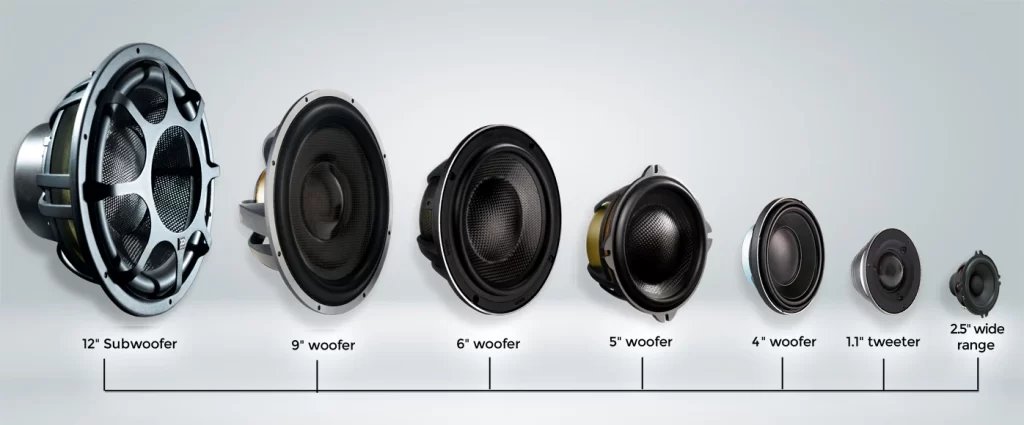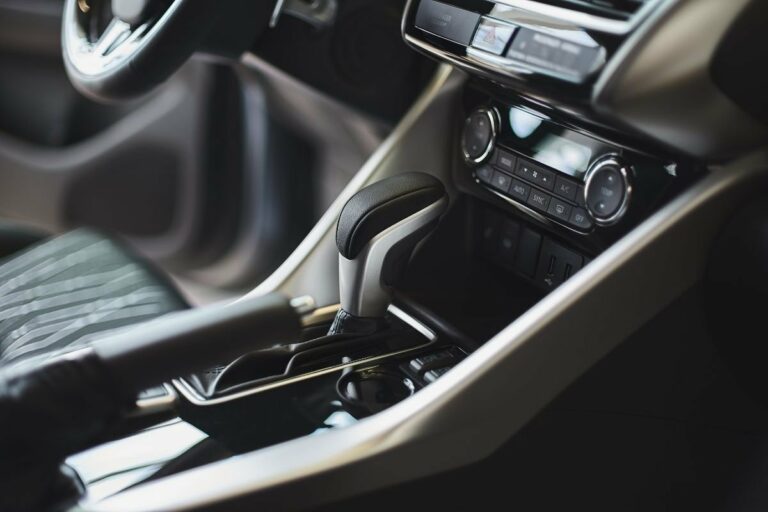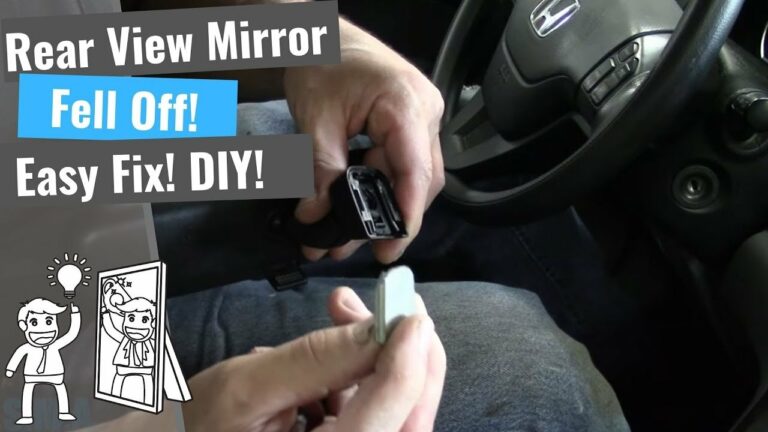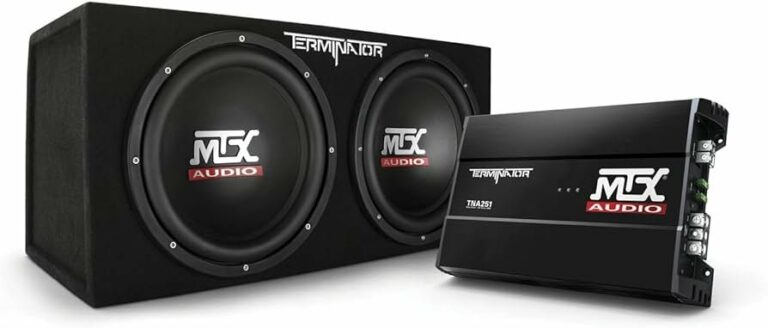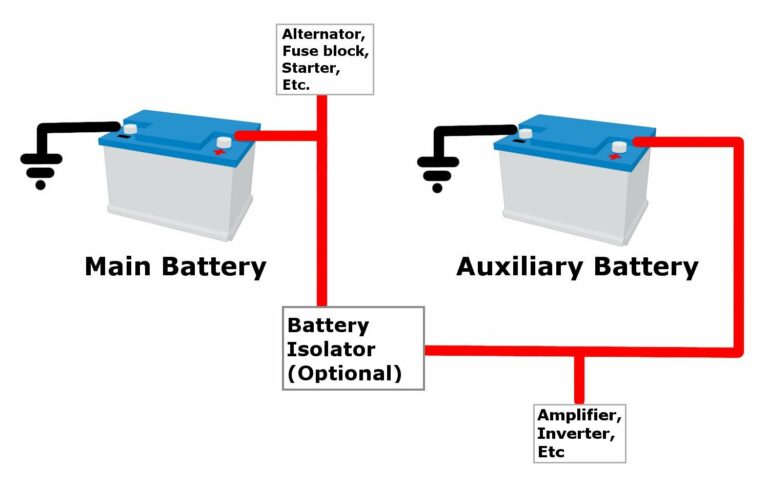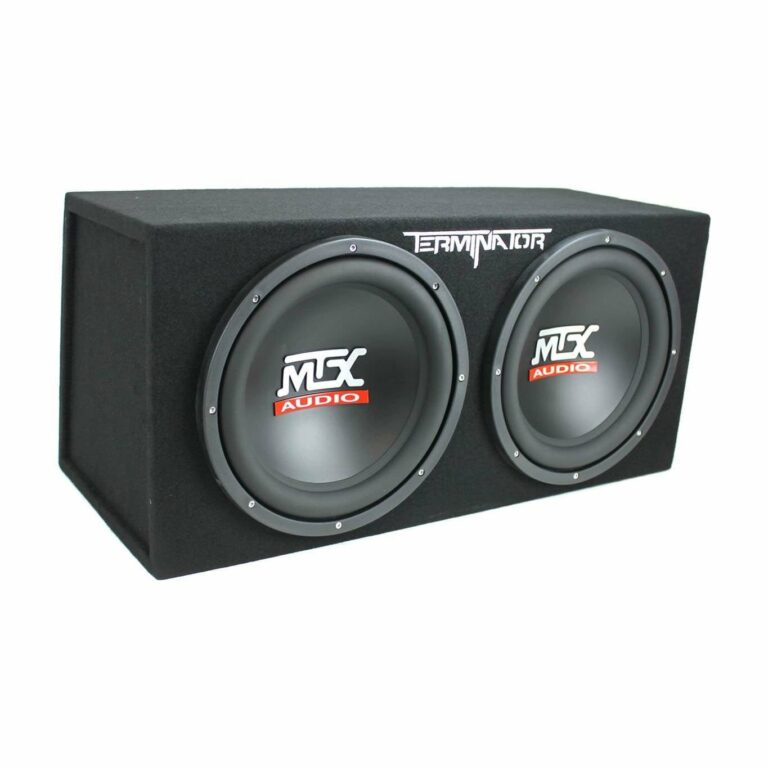What Size of Speakers Are in My Car?
Are you wondering what size of speakers are in your car? Don’t worry, you’re not alone. Many car owners find themselves curious about the specifications of their speakers, whether they’re looking to upgrade or simply satisfy their curiosity.
It’s essential to know the size of your car speakers as it directly impacts the sound quality and compatibility with aftermarket options. In this article, we’ll dive into the world of car speakers, explore how to determine their size, and provide some helpful tips along the way. So, let’s jump right in and uncover the answer to the question, “What size of speakers are in my car?”
What Size of Speakers Are in My Car?
When it comes to car audio, the size of the speakers plays a crucial role in determining the overall sound quality and performance of your audio system. Understanding the size of speakers in your car is essential if you want to upgrade or replace them. In this article, we will delve into the topic of speaker sizes in cars, exploring various aspects and providing you with valuable information to help you make informed decisions.
1. The Importance of Speaker Size
When it comes to car audio, the size of the speakers directly affects the sound quality and bass response. The larger the speakers, the more air they can move, resulting in better low-frequency reproduction. On the other hand, smaller speakers are known for their clarity in reproducing higher frequencies. It’s essential to find the right balance between the two to achieve optimal sound reproduction in your car.
The Relationship Between Speaker Size and Sound Quality
The size of the speakers determines their ability to produce different frequencies accurately. Larger speakers, such as 6×9-inch or 6.5-inch speakers, are better equipped to handle lower frequencies and provide a more robust bass response. Conversely, smaller speakers, like tweeters or 3.5-inch speakers, excel at delivering crisp highs and detailed mid-range frequencies.
Speaker Size and Power Handling
In addition to sound quality, speaker size also affects power handling capabilities. Larger speakers usually have higher power handling capabilities, allowing them to handle more powerful amplifiers. If you plan on adding an external amplifier to your car audio system, it’s important to consider the power requirements and match them to the speaker size accordingly.
2. Common Speaker Sizes in Cars
Car manufacturers often use specific speaker sizes to fit their vehicle models. While there are variations across different car brands and models, some speaker sizes are more prevalent than others. Here are some common speaker sizes found in cars:
- 6×9-inch
- 6.5-inch
- 5.25-inch
- 4-inch
- 3.5-inch
6×9-Inch Speakers
One of the most popular speaker sizes in cars is the 6×9-inch speaker. These larger oval-shaped speakers are commonly found in the rear deck or door locations. They offer a good balance between bass response and clarity, making them a popular choice for many car owners.
6.5-Inch Speakers
6.5-inch speakers are another common size found in cars. They are versatile and can be used in various locations, including the doors, dash, or rear deck. These speakers provide a good balance between bass response and overall sound quality.
5.25-Inch Speakers
5.25-inch speakers are smaller in size and are often found in older car models or vehicles with limited space. While they may not deliver the same level of bass as larger speakers, they can still provide decent sound quality, especially when paired with a subwoofer.
4-Inch Speakers
4-inch speakers are commonly found in compact cars or vehicles that have limited space for speaker installation. While they may not provide a significant bass response, they can still enhance the overall sound quality and clarity in the mid-range frequencies.
3.5-Inch Speakers
3.5-inch speakers, also known as tweeters, are primarily responsible for reproducing high-frequency sounds. They are often used in conjunction with larger speakers to handle different frequency ranges and improve overall sound reproduction.
3. Upgrading Your Car Speakers
If you’re looking to enhance your car audio system’s sound quality, upgrading your speakers can make a significant difference. Here are a few things to consider when upgrading your car speakers:
Choosing the Right Speaker Size
Before upgrading your car speakers, it’s crucial to know the size that will fit your vehicle. Refer to your car’s manual or consult a professional to ensure you choose the correct size. Upgrading to larger speakers may require modifications to your car’s speaker mounting locations.
Matching Speaker Specifications
Apart from size, it’s essential to consider other specifications such as power handling, sensitivity, and impedance when upgrading your speakers. Matching these specifications to your car audio system’s capabilities will ensure optimal performance and prevent any compatibility issues.
Considering Speaker Types
In addition to size, there are various types of speakers available, including component speakers, coaxial speakers, and subwoofers. Understanding the differences and selecting the right type for your specific needs can further enhance your audio experience.
4. Installation Considerations
When upgrading or replacing your car speakers, proper installation is imperative to maximize their performance. Here are a few installation considerations:
Professional Installation
If you’re unsure about the installation process or lack the necessary tools and expertise, it’s recommended to seek professional installation services. This ensures that the speakers are installed correctly and optimally positioned for the best sound reproduction.
Speaker Placement
The placement of your speakers greatly affects the sound quality. For larger speakers, they are typically installed in the front doors or rear deck, while tweeters are often mounted in the dash or A-pillars for better sound staging. Ensuring proper speaker placement is essential for an immersive audio experience.
Sound Damping
To reduce vibrations and improve sound quality, consider using sound-damping materials such as dynamat or foam insulation. These materials help minimize unwanted noise and vibrations, resulting in cleaner and clearer sound reproduction.
5. Maintaining Your Car Speakers
To keep your car speakers in optimal condition and prolong their lifespan, regular maintenance is necessary. Here are a few tips to help you maintain your car speakers:
Cleaning
Periodically clean your speakers using a soft cloth or brush to remove dirt, dust, or other debris. Avoid using harsh chemicals that may damage the speaker cones or grilles.
Avoiding Extreme Temperatures
Exposure to extreme temperatures can affect the performance and lifespan of your car speakers. Avoid parking your vehicle in direct sunlight for extended periods, especially during hot summers or freezing winters.
Proper Usage
Avoid playing music at excessive volumes for prolonged periods, as this can strain the speakers and lead to distortion or even damage. It’s important to find a balance between enjoying your music and protecting your speakers.
How to Measure for a Replacement Speaker.
Frequently Asked Questions
What size of speakers are in my car?
The size of speakers in your car can vary depending on the make and model of your vehicle. To determine the speaker size, you can check your car’s owner’s manual, visit the manufacturer’s website, or take measurements of the existing speakers. Common speaker sizes for cars include 6.5 inches, 5.25 inches, and 6×9 inches. It’s important to note that speaker sizes may differ between the front and rear speakers, so be sure to check each location separately.
How can I find out the speaker size in my car?
To find out the speaker size in your car, you can try a few methods. Firstly, consult your car’s owner’s manual, which usually includes information about the audio system. Alternatively, you can visit the manufacturer’s website and search for your car’s specifications. Another option is to measure the diameter of the existing speakers using a measuring tape or ruler. Remember to measure the speaker cone and not the outer grill, as they may have different sizes.
Are all speakers in my car the same size?
No, all speakers in your car are not necessarily the same size. Different car models and trim levels may have variations in speaker sizes. Manufacturers often use different sizes for front and rear speakers, as well as for different audio systems. Therefore, it’s essential to check the specific speaker sizes for each location in your car to ensure compatibility when replacing or upgrading them.
Can I upgrade the speakers in my car to a larger size?
In some cases, it is possible to upgrade the speakers in your car to a larger size, but it depends on various factors, including available space and compatibility with the audio system. You should consult the owner’s manual or seek professional advice to determine if larger speakers can be installed without causing any interference or damage. Additionally, consider the power requirements and acoustic characteristics to ensure optimal performance after the upgrade.
What should I do if I can’t find the speaker size information for my car?
If you’re unable to find the speaker size information for your car through the owner’s manual or manufacturer’s website, you can try contacting the vehicle manufacturer’s customer support. They should be able to provide you with the required information based on your car’s make, model, and year. Another option is to consult a car audio specialist who can assist you in determining the appropriate speaker size for your specific vehicle.
Can I install a smaller speaker size in my car if I can’t find the exact size?
While it is technically possible to install a smaller speaker size in your car, it’s generally not recommended. Smaller speakers may not provide sufficient sound quality, volume, and bass response compared to the original or recommended speaker size. It’s best to find speakers that are as close to the recommended size as possible to ensure optimal audio performance in your car. If you’re unable to find the exact size, consider consulting a car audio professional for advice on alternative options.
Final Thoughts
Determining the speaker size in your car is crucial for enhancing audio quality and ensuring compatibility. By examining your vehicle’s specifications or consulting the manufacturer, you can identify the appropriate speaker size for replacement or upgrade. Understanding the speaker size allows you to make informed decisions and explore a wide range of options available on the market. Knowing the dimensions of your car’s speakers is essential for a seamless installation process, resulting in a more enjoyable audio experience. So, if you’ve been wondering, “What size of speakers are in my car?” taking the time to find out will undoubtedly elevate your driving experience.
